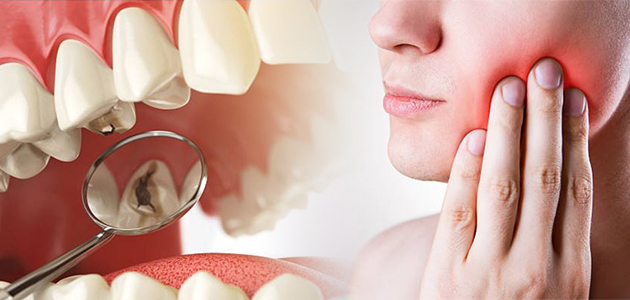Which of These Three Cavity Types Are You Prone to?
Here’s the lowdown on the three places people experience decay.

When it comes to tooth decay, we can experience it on one of three places: in the grooves of our molars, on the smooth outer surface of our teeth, or on the roots of our teeth. Where are your cavities (if you have any!)?
Let’s talk more about each cavity type:
1. Pit and fissure decay
Some of our teeth, particularly premolars and molars, have deep grooves referred to as pits and fissures. These deep grooves are unfortunately susceptible to tooth decay, as they easily attract and trap food particles and bacteria. It can be especially difficult to successfully clean these areas out with a tooth brush. Luckily, dental sealants are an effective treatment that helps to protect the teeth from this type of decay by filling these cavity-prone grooves. Talk to a Teeth First Dental Network Ontario dentist near you about sealants for you or your child!
2. Smooth-surface decay
This type of tooth decay crops up on the flat, smooth surfaces of the teeth. These cavities typically progress slowly and occur when people aren’t brushing or flossing like they should. When in its earliest stages, smooth-surface decay can often be controlled or even reversed with fluoride treatments, and with proper changes made to an oral care routine.
3. Root decay
This kind of tooth decay occurs on the surface of a tooth’s root. It is most common for seniors to experience this kind of decay because this demographic tends to have the most gum recession, which exposes the root of the tooth, making it susceptible to decay. While you can’t grow gum back once it’s lost, you can take steps to preserve the gum you do have. You can prevent gum disease and gum recession through brushing twice daily, and flossing once. Also – remember to be gentle when you clean… as the gums could recede as a result of aggressive cleaning.
An insufficient oral hygiene care routine is one reason many people experience cavities. Another thing that contributes to a high decay risk would be a poor diet that is high in carbohydrates and/or sugars. To learn more about what you can do to lower your cavity risk, talk to our friendly staff today!